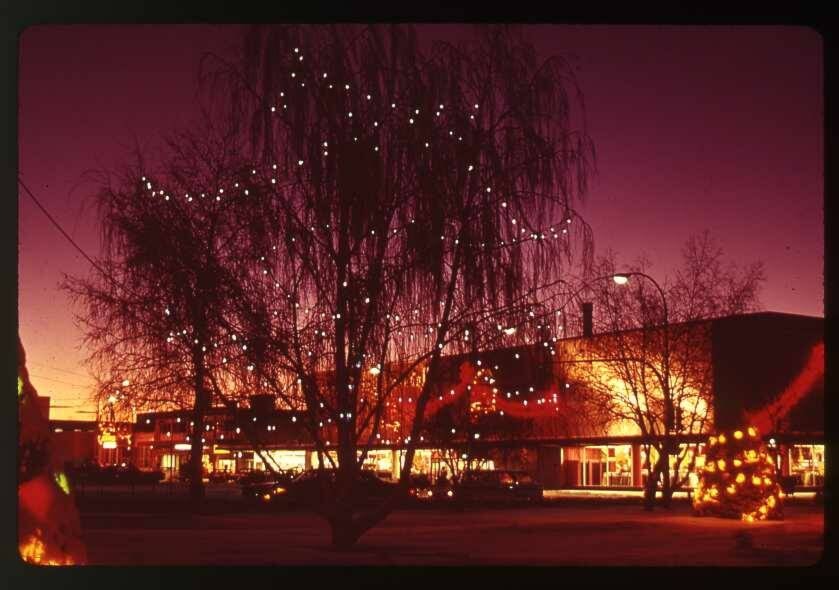Another Christmas will soon be upon us. Last minute shoppers will be rushing around, trying to find an appropriate gift for family and friends before Christmas Eve.
Christmas sales are a very important part of the year for the retail sector. Black Friday, immediately after American Thanksgiving, got its name since, for many retailers, that is the date that Christmas sales put them “into the black” (i.e. into profitability) for the year.
However, one of the seemingly challenging Christmas retail seasons in Red Deer took place a little over 50 years ago in 1970.
Most of the 1960s had been very good for Red Deer. The population of the city jumped from 18,000 to nearly 27,000. Unfortunately, as the decade drew to a close, the boom began to lose steam.
The agricultural sector was hit hard, with such things as a significant decline in grain prices. In contrast, the oil and gas sector had not faced too many fluctuations in prices over several years. However, by 1970, the price of a barrel of oil had slipped to around $3.40 ($22 in current inflation-adjusted dollars). That was not enough to sustain any growth in exploration and service sector activity.
The signs of the growing recession were everywhere. Unemployment rates shot up. The annual value of city building permits, which had exceeded $10 million per year in the early 1960s, barely budged over $6 million per year by the end of the decade.
The greatest indication of the economic malaise came with the official population statistics. In 1970, the number of residents in Red Deer dropped from 26,924 to 26,907. While not large, it was the first decline recorded since the great economic bust that accompanied the First World War.
The blow to civic esteem was immense. The Red Deer Advocate editorialized that Red Deer was “suffering from a lack of confidence” and that “screeching and squabbling has too often been mistaken for effective hard work.”
Fortunately, the community did get one great boost with the construction of Red Deer’s first indoor mall, the Parkland Mall. A project of the A.D. Gelmon Corp., it cost $4.5 million to construct (approximately 75 per cent of the total value of all of the building permits issued in the previous year).
The new mall contained 40 indoor stores with the anchor tenants being Woolco as well as Safeway and Super City Drugs. The mall had parking spaces for an impressive 1,400 cars.
While the development was generally welcomed, it caused a great deal of worry for existing merchants, particularly those in the downtown area. The opening of the mall on Nov. 3 brought a lot of new competition during an already tough year. Moreover, as part of the pitch to the Gelmon Corporation to attract it to Red Deer, the city promised to put the Early Closing Bylaw to a public vote.
Under the existing rules, stores were closed on Wednesday afternoons in exchange for being open on Thursday evenings. Under the new proposal, stores could be open for any hours on any day of the week with the exception of Sunday. The mall indicated that its stores would be open on Wednesday afternoons, as well as Thursday, Friday and Saturday evenings.
The new rules were ratified by the voters by a margin of 64 per cent. The downtown merchants began to panic as this was to happen literally at the beginning of the Christmas retail season. Now, not only would there be much higher competition, overheads would rise substantially.
The Retail Merchants Association decided to react by setting new longer hours. There were also extensive ads about the advantages of shopping downtown as well as a number of attractive bargains.
The result surprised almost everyone. Post-Christmas surveys showed overall sales were up by more than 10 per cent, including downtown as well as at the mall. The increase in number of stores and the downturn in the general economy were more than offset by a large increase in out-of-town shoppers, attracted by the new mall, but also taking time to shop at existing stores while they were in town.
What several thought would be a retail disaster for many, instead clinched Red Deer’s position as a regional retail hub, while insuring another wonderful Christmas for the community.
Red Deer historian Michael Dawe’s column appears Wednesdays.
